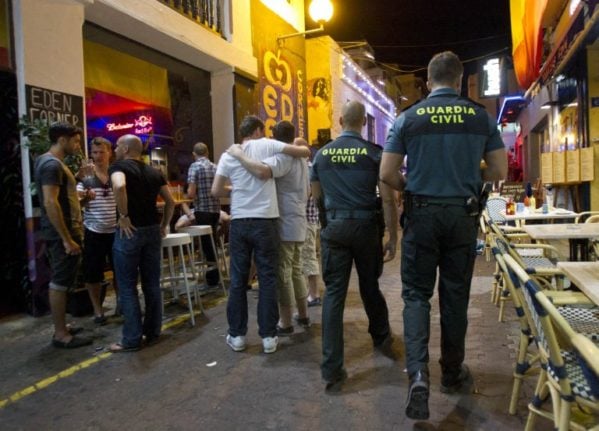There are almost endless reasons to come to Valencia: the Mediterranean climate, the history, the natural parks and beaches, the futuristic City of Arts and Sciences, and of course, the paella, to name just a few.
But one thing you might struggle to find when holidaying in Spain’s third city is a taxi. This is according to hospitality industry insiders and airline operators, who have both criticised the lack of cabs in the holiday hotspot recently.
Hotel and tourism association Hosbec Valencia has described the “evident lack of taxi service” in Valencia as one of the main complaints made by tourists staying in the city’s hotels.
“There are waits of more than 30-45 minutes on more occasions than desired, as can be evidenced by complaints collected at the receptions of accommodation in the city.”
READ ALSO: 10 maps to help you understand Valencia
In a press statement, Hosbec described the “discomfort of a high number of customers in relation to the taxi service of the city. Long queues at points of arrival, waiting longer than 30 minutes at certain peak times, even, inability to find service on the street or to be able to have telephone attention or via applications of the grouped services of taxi drivers.”
The association has blamed a shortfall in taxi licences granted by local government since the Covid-19 pandemic as the main reason.
The issue has even been raised abroad, with organisers of a major tourism sector event in the UK pointing out that a global tourist destination like Valencia just doesn’t have the number of taxis to keep up with demand. The shortage of taxis in the Valencian capital was noted “by managers of airlines operating in the city during the last London WTM fair,” according to Hosbec.
READ ALSO: Seven essential apps that make life in Valencia easier for foreign residents
This shortage has led Hosbec to lobby local government and the Generalitat to look for solutions. However, there is a paradox here. At the end of September, in contrast to the criticism from the hotel sector, the city’s taxi drivers staged demonstrations for completely the opposite reasons. Among their grievances was a reduction in the number of taxis working on the streets during the autumn season.
Hosbec says that the taxi shortage, combined with the newly introduced tourist tax in the region, means the city could jeopardise efforts to position itself as a world leading tourist destination. In 2024, Valencia will be the European Green Capital.
READ ALSO: EXPLAINED: The new tourism tax in Spain’s Valencia region
Hosbec also called on local government to at least match “the number of total licenses that were in the city in 2019, in anticipation of the increase in activity in the short and medium term.”
There are 3,000 official taxi licences issued in the Valencian capital. The population of the city is 792,492, according to Spain’s national statistics body (INE).



 Please whitelist us to continue reading.
Please whitelist us to continue reading.
I believe that there are plenty of taxis and cabify’s etc. I have lived here for 10 years and the I think the waiting times are intentional. This way they can charge “high demand” prices. They are thieves. Cabify, for example, used to be a cheap alternative if you could preplan your trim – or wait five minutes for a ride to show at your house, Now, i quit using them (almost) as they are always showing higher than normal rates and “high-demand”.